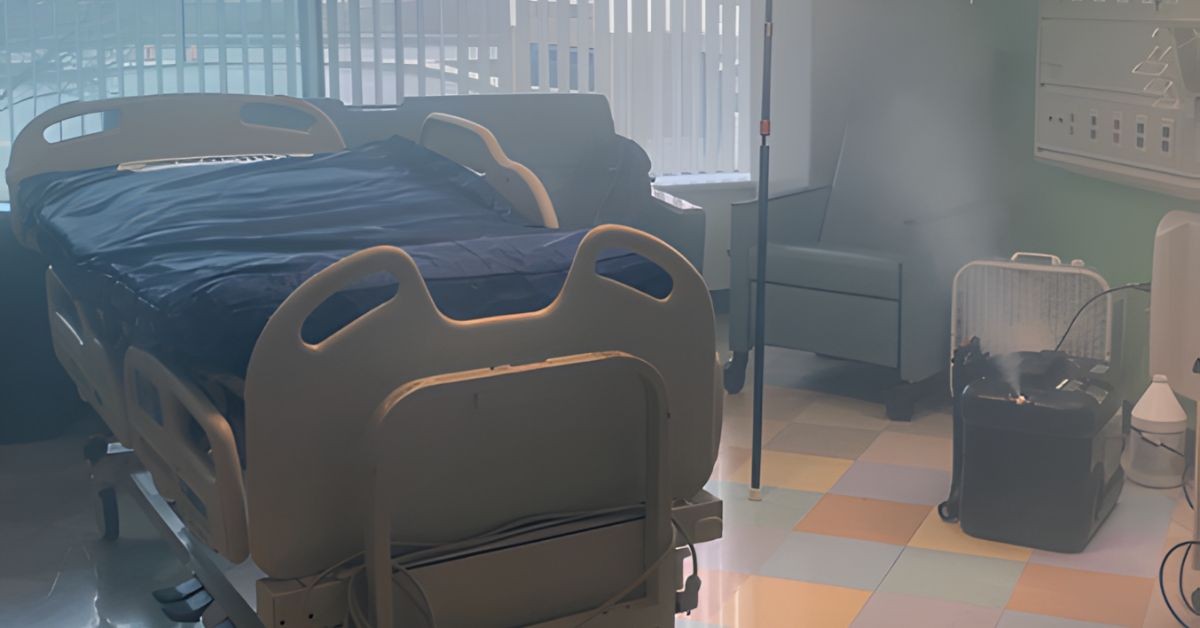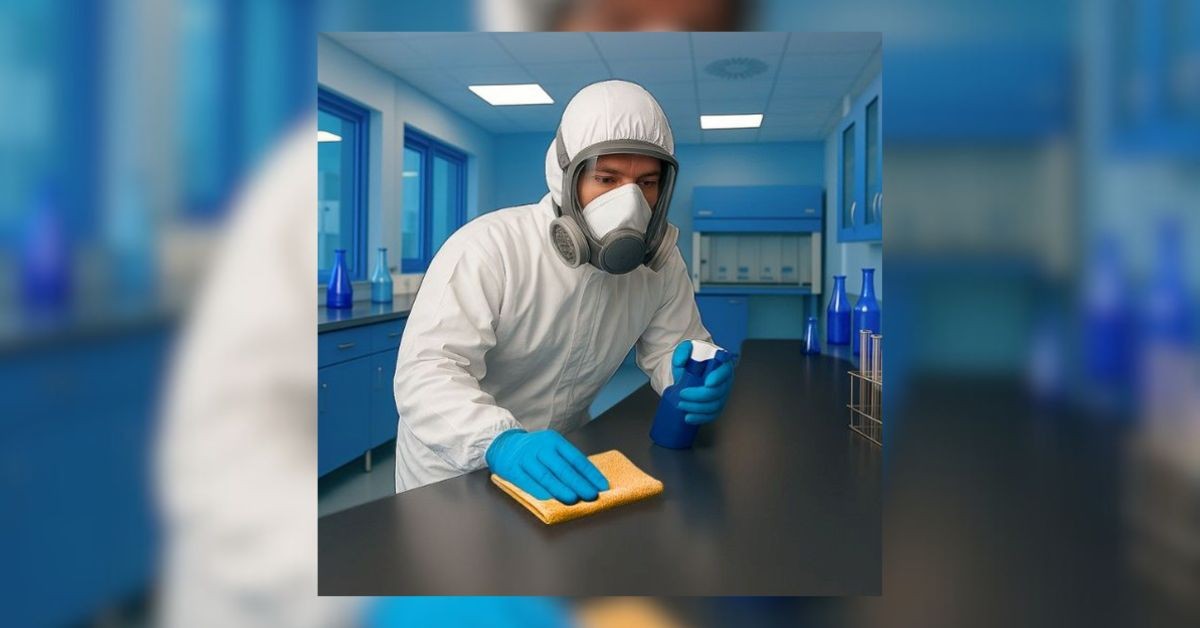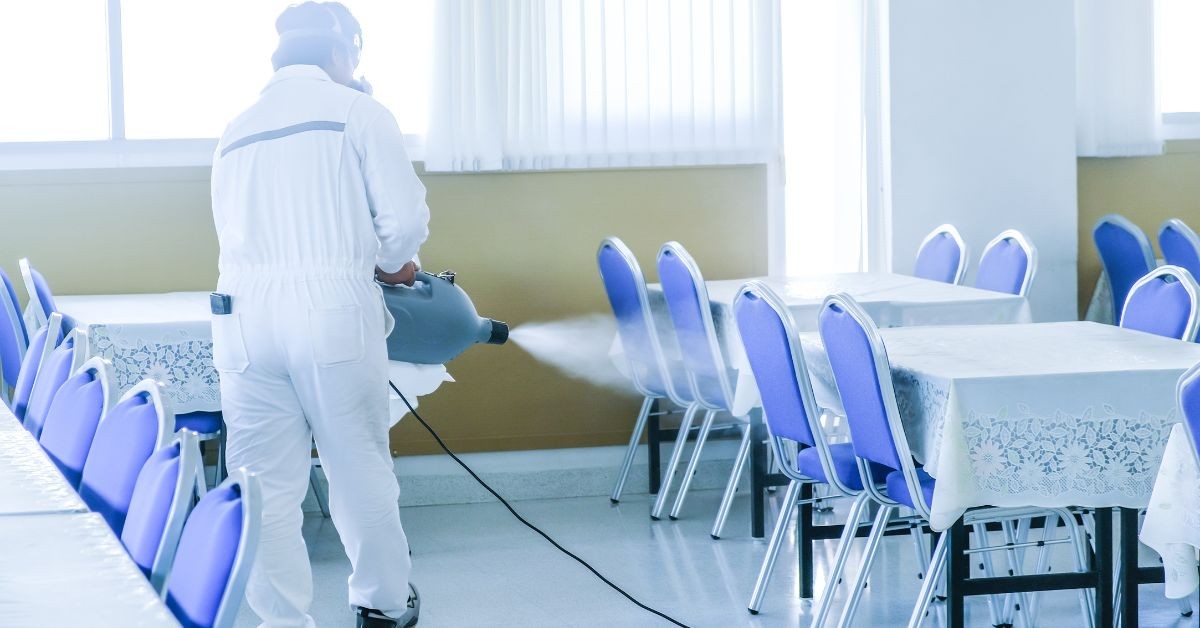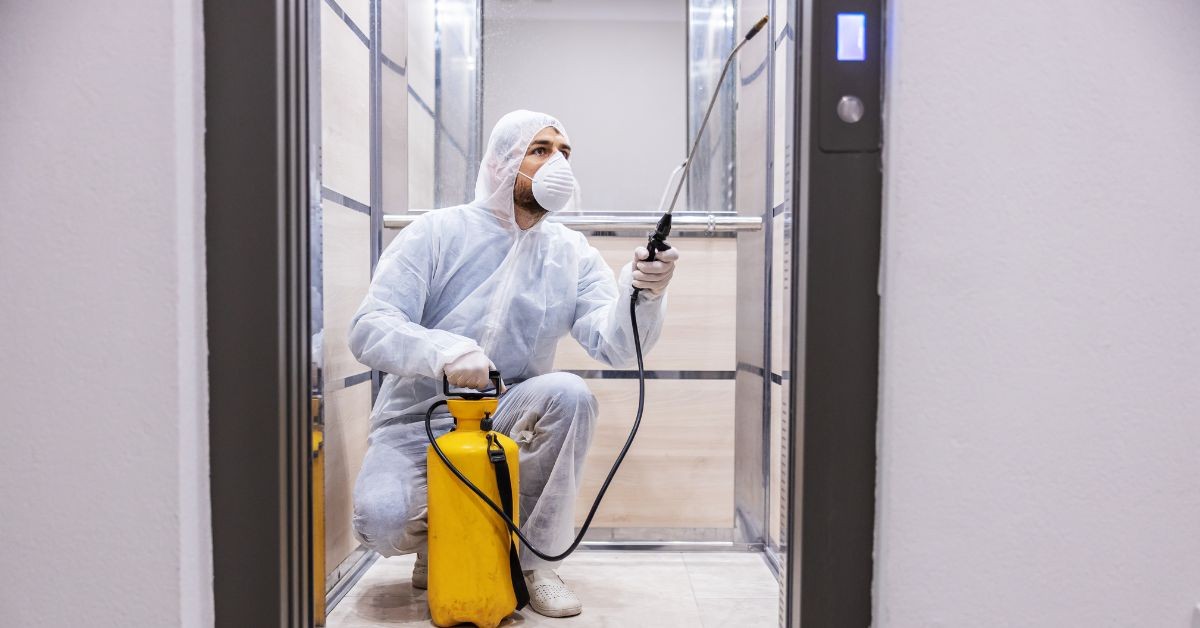Breaking the Chain of Infection Through Decontamination

Ensuring safety and health in any environment depends on breaking the chain of infection. Contamination that is left unchecked fosters the spread of pathogens, creating a hazardous cycle that puts entire communities at risk. Decontamination is not just a process but a foundational pillar of infection control. It mitigates risks, promotes sterility, and prevents outbreaks that can cripple ecosystems, industries, and human well-being.
Breaking the chain of infection through decontamination is the key to keeping environments completely safe to use.
Today, we will explore the vital framework for decontamination, focusing on its role in infection prevention, the scientific principles behind it, and the best practices you can employ to make environments safer. Whether you're operating within healthcare, pharmaceuticals, or other high-risk sectors, it can be beneficial to uncover how decontamination disrupts the chain of infection and why its importance is not something you should underestimate.
Understanding the Chain of Infection
Pathogen transmission operates through a structured process known as the chain of infection. This chain comprises links, each representing key factors that allow infections to spread, including the…
- infectious agent,
- reservoir,
- portal of exit,
- mode of transmission,
- portal of entry, and
- susceptible host.
Breaking even one link in this chain halts the progression of pathogens, effectively controlling outbreaks and minimizing risks.
Decontamination targets several of these critical links to interrupt the cycle.
By eliminating pathogens at their source, decontamination stops microorganisms from finding new hosts or spreading within environments where resistance is compromised.[1] Understanding this chain is essential for designing effective infection control protocols that incorporate robust decontamination practices.
A Closer Look at Each Link
Breaking the chain requires knowing what each link symbolizes. An infectious agent is a microorganism, such as bacteria, parasites, or fungi, that causes disease. On the other hand, the reservoir is the environment where the infectious agent lives, multiplies, and thrives, such as human bodies or water sources.
The next part of the chain is the method of exit, which is the pathway through which the infectious agent leaves the reservoir, typically via bodily fluids, exhalation, or wounds.
The mode of transmission may seem similar to the method of exit but that’s just because they are very closely associated in the chain. For example, whereas the method of exit is the pathway the agent travels through, the mode of transmission is the mechanism by which the infectious agent moves from one host to another, whether through direct contact, airborne particles, or contaminated surfaces.
This leads us directly into the next link, which is the portal of entry. A portal of entry is the route through which the infectious agent enters a new host. These routes range from broken skin to inhalation. Finally, a susceptible host is an individual with weaker defenses against infection, typically due to age, underlying health conditions, or compromised immune systems. Now that you know each link of the chain, let’s break down the methods of decontamination you can use.
Methods of Decontamination
Not only does breaking the chain of infection through decontamination require knowing each step in the chain, but it also calls for knowing how to handle hazards at those steps.
Decontamination is “the use of physical and/or chemical means to remove, inactivate, or destroy microbial pathogens (e.g., bloodborne or aerosolized) on a surface or item to the point where they are no longer capable of transmitting infectious particles and the item or surface is rendered safe to handle: however, this definition has been broadened by infection control specialists to include all pathogens and physical spaces (e.g., patient rooms, laboratories, buildings).”[2]
Achieving successful contamination control through decontamination requires a range of techniques, from cleaning and disinfection to sterilization. Each method has its specific purpose, effectiveness, and application, tailored to varying needs and risk levels.
Cleaning represents the removal of visible dirt and organic matter. It is a foundational step that supports subsequent processes by reducing the microbial load or bioburden and enhancing the effectiveness of disinfectants.

Disinfection focuses on neutralizing microbial hazards on physical surfaces. The disinfection process follows cleaning and involves chemical or physical agents designed to destroy microorganisms up to or including bacterial spores, depending on the disinfectant.[3] Sterilization is the most rigorous decontamination step, eradicating all forms of microbial life, including spores, to create an entirely sterile environment.
These processes rely on precise application and validation to ensure efficacy. For example, using disinfectants at the correct concentration and contact time is critical for achieving desired outcomes. The synergy between these methods forms a multi-layered defense against contamination.
Choosing the Right Decontamination Method for Your Needs
The correct decontamination technique depends on the type of environment, the nature of the pathogens present, and the level of sterility required. High-risk sectors such as healthcare facilities, laboratories, and pharmaceutical manufacturing demand more stringent measures compared to low-risk settings.
Surface compatibility is another significant consideration.
Some materials may degrade under exposure to certain sterilization methods, such as high heat or reactive chemicals. Workflow compatibility is also vital, particularly in sectors such as health care or pharmaceutical manufacturing, where downtime can impact patient care or operational efficiency.
Cost and scalability are equally important.
Investing in cutting-edge equipment, such as hydrogen peroxide vapor systems, can provide long-term benefits, ensuring efficacy across diverse applications. Selecting the appropriate methods protects not only your immediate environment but also your workforce and broader community. At CURIS System, our decontamination equipment for sale includes vapor systems that combine scalability and flexibility to ensure it’s easy to handle hazards in a wide range of environments. You can find many ways to easily break the chain of infection, and knowing which option is best for your environment is a critical first step to take.
The Role of Personal Protective Equipment in Decontamination
Besides cleaning the surrounding environment, you must leverage high-quality protective equipment to break the chain.
While decontamination processes act directly against pathogens, personal protective equipment (PPE) will provide a critical barrier for individuals engaging with contaminated environments or materials. Incorporating PPE into decontamination protocols ensures that frontline personnel don’t expose themselves to health hazards as they perform cleaning, disinfection, or sterilization tasks.
Effective use of PPE, such as gloves, gowns, masks, and respirators, is contingent upon training and rigorous adherence to donning and doffing procedures.
Improper handling of PPE not only reduces its effectiveness but may contribute to secondary contamination. A holistic decontamination strategy leaves no room for lapses in protocol, and PPE serves as the final physical defense against the spread of infection.

Training and Education for Effective Decontamination Practices
No decontamination strategy can succeed without proper training and education. Understanding microbial behaviors, chemical interactions, and the working mechanics of decontamination equipment equips personnel to make informed decisions during disinfection routines.
Regular workshops and certifications keep teams up to date with evolving regulatory standards and technological advancements. When incorporating decontamination technologies into your protocols, choosing user-friendly systems that come with comprehensive training and ongoing support—such as those from CURIS—is essential to long-term success. CURIS System is committed to equipping teams with the knowledge and confidence they need to ensure consistent, high-level disinfection over time.
For industries bound by rigorous sterility requirements, such as the pharmaceutical sector, this knowledge directly impacts compliance and product safety.
Education fosters accountability, creating a culture where every team member understands their role in infection control. Consistency in procedural adherence across all staff levels reinforces efficacy and ensures processes remain robust against evolving microbial threats.

Investing in a Safer, Healthier Future Through Decontamination
Addressing contamination is a shared responsibility that ensures the safety of individuals, organizations, and broader ecosystems. Decontamination is more than an operational requirement; it is crucial to the success of health initiatives, workplace safety, and overall community well-being.
Advancing decontamination practices require investment in education, technology, and compliance. By breaking the chain of infection, you guarantee a safer tomorrow and foster environments where health and productivity coexist harmoniously.
Take the next step toward safeguarding your environment. Explore the latest innovations in decontamination and strengthen your infection control strategies today.
Resources:
1. https://jphe.amegroups.org/article/view/10009/html
2. https://www.intechopen.com/chapters/79247
3. https://curissystem.com/resources/blog/evolution-of-disinfection-general-disinfectants-vs-epa-registered-sporicides